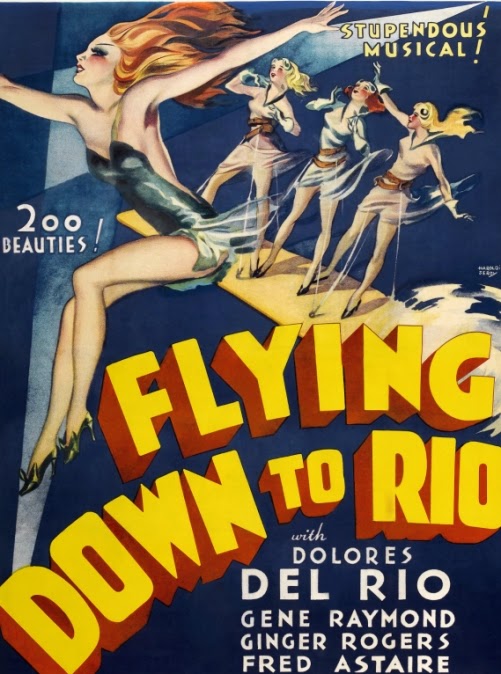 Joan Fontaine arrives at the fancy San Francisco apartment of Joan Leslie; Leslie’s boss, a publisher, has asked Leslie to take Fontaine (his niece) in while she attends business school. An orphan, Fontaine was raised by a maiden aunt and comes across to everyone in the big city as wide-eyed, innocent, and a little scared, but as we soon find out, nothing could be further from the truth: her sweet, shy girlish exterior hides an ambitious, conniving woman. First, she toys with Robert Ryan, a Hemingwayesque author—he falls for her but also catches on to her wiles fairly quickly, observing that she has two sides: the realistic young lady and the fictional personality who wants what she knows she cannot have. Later he says to her, "If you ever draw an honest breath, I want to be there to see it." Despite all this, he still lusts for her, calling it just a "sex attraction." But after a short affair with Ryan, she moves on to Leslie's millionaire fiancé (Zachery Scott). Fontaine plants the seeds of doubt in Scott's mind that Leslie may want him only for his money, and next thing you know, Scott marries Fontaine, though she still tries to keep Ryan as a lover. He's tempted but demurs, telling her "I'm not cut out to be a back street boy" [insert pop music pun here]. Nevertheless, soon the two are at it again. You know it's only a matter of time before her cheating ways are exposed, and when they are, it makes for a satisfying climax.
Joan Fontaine arrives at the fancy San Francisco apartment of Joan Leslie; Leslie’s boss, a publisher, has asked Leslie to take Fontaine (his niece) in while she attends business school. An orphan, Fontaine was raised by a maiden aunt and comes across to everyone in the big city as wide-eyed, innocent, and a little scared, but as we soon find out, nothing could be further from the truth: her sweet, shy girlish exterior hides an ambitious, conniving woman. First, she toys with Robert Ryan, a Hemingwayesque author—he falls for her but also catches on to her wiles fairly quickly, observing that she has two sides: the realistic young lady and the fictional personality who wants what she knows she cannot have. Later he says to her, "If you ever draw an honest breath, I want to be there to see it." Despite all this, he still lusts for her, calling it just a "sex attraction." But after a short affair with Ryan, she moves on to Leslie's millionaire fiancé (Zachery Scott). Fontaine plants the seeds of doubt in Scott's mind that Leslie may want him only for his money, and next thing you know, Scott marries Fontaine, though she still tries to keep Ryan as a lover. He's tempted but demurs, telling her "I'm not cut out to be a back street boy" [insert pop music pun here]. Nevertheless, soon the two are at it again. You know it's only a matter of time before her cheating ways are exposed, and when they are, it makes for a satisfying climax.Though sometimes referred to as a film noir, this is really a romantic melodrama and a very enjoyable one. I'm not a big Fontaine fan; she's OK here, giving her phony simpering an edge, but I couldn't help imagine how much better someone like Lauren Bacall or Audrey Totter or Lana Turner would have been. But the supporting cast is a great one. Ryan, in potentially dangerous good guy/bad guy mode, is at his most appealing, not just physically but as a character. He seemed too smart to let himself be used by Fontaine the way he is, but he's also the heart of the movie. Even if you've not been a fan of Ryan's in the past, I think you'll like him here. Scott is almost as good as the nice-guy millionaire who can't quite figure out what’s going on. I also enjoyed Mel Ferrer as Gobby, a bohemian artist who is friends with everyone, who paints a portrait of Fontaine, and is also the only one who knows what's going on all the time. The character is coded (fairly openly) as gay, so he winds up as the passive observer who, in an amusing scene at the end, is the only one to get anything good out of his relationship with Fontaine. Virginia Farmer has a small but crucial role as Fontaine's Aunt Clara. Well acted, nicely shot, this feels like a low-rent ALL ABOUT EVE—not a slam, but actually a compliment. One last detail: it seems like there are more kiss-clinches in this movie than I can remember in any non-romance film I've ever seen; I hope Fontaine and her leading men had lots of breath mints handy. [TCM]















